Navagraha Devata: An Introduction
The Navagraha Devata have been a part of Hinduism for thousands of years. But who are they? And what is their role in the life of a person? Let us try to understand.
Earth is one of the eight planets of the Solar System, each of which revolves around the Sun. Other planets in the solar system exert gravitational influences on life on Earth. Tracking their positions gives us an idea about various environmental events on Earth.
Vedic astrology or Jyotisha knew this in India for thousands of years. It has been an established science for long.
The nine main celestial bodies that affect life on Earth are the Navagraha Devata (Nine Planetary Gods). They surely influence events both in the environment of Earth and in the life of an individual. In the Vedic science of astrology, they are considered very important and are thus worshipped.
They are described the the Navagraha Stotram composed by Sri Ved Vyasa:
One who looks like the Hibiscus flower, Son of Kashyapa, full of radiance,
Foe of darkness and the one who dispels all sins, I prostrate that Surya.The one who has the hue of curd and icebergs, one who emerges from the milky ocean, Chandra who adorns Shiva, I prostrate. that Chandra.
The one who is the son of Bhooma Devi, One who has the lustre of lightning,
One who has Shakti in his hand, and the auspicious one, I prostrate that Angaraka (Mangal).The one who is dark like the bud of Priyangu flower, One who is unequaled in beauty and is intelligent, And the son of Chandra, One who is peaceful, I prostrate that Budha.
The one who is the Guru of the Devas and Rishis, the one who is radiant and intelligent, The Lord of all the three worlds, I prostrate that Brihaspathi.
The one who has the luster of the dew, Lotus stem, and Thumba flower, High priest of Asuras, and the one who preaches the Shastras, I prostrate that Bhargava (Sukra).
The one who is blue, one who is like charcoal, one who is the son of Surya and the brother of Yama, one who is born to Chaya and Surya, I prostrate that Saneeswara (Shani).
The one who has half a body and is full of valor, One who opposes Chandra and Surya without fear, One who was born from Simhika’s womb, I prostrate that Rahu.
The one who looks like Palasa flower, One who is the king of the stars, and One who has a fierce form and is scary and angry, I prostrate that Ketu.
Navagraha Stotram by Sri Ved Vyasa, Verse 1-9
Positions of these planets at the time of an individual’s birth determine birth charts or Kundalis. According to Hindu Astrology, they predict the merits and obstacles a person might face in his or her life.
The Navgraha devata are a very important part of Hindu culture, with their presence in every temple and Kundalis influencing major life decisions for many Hindus.
A Comprehensive List of the Hindu Planetary Gods
Each of the Navgraha Devata has a day named after them in the 7-day calendar according to Hindu tradition. They represent a certain aspect of goodwill. They are as follows: –
Surya
Day of the Week: Sunday or Ravivaar
Western Equivalent: Sun
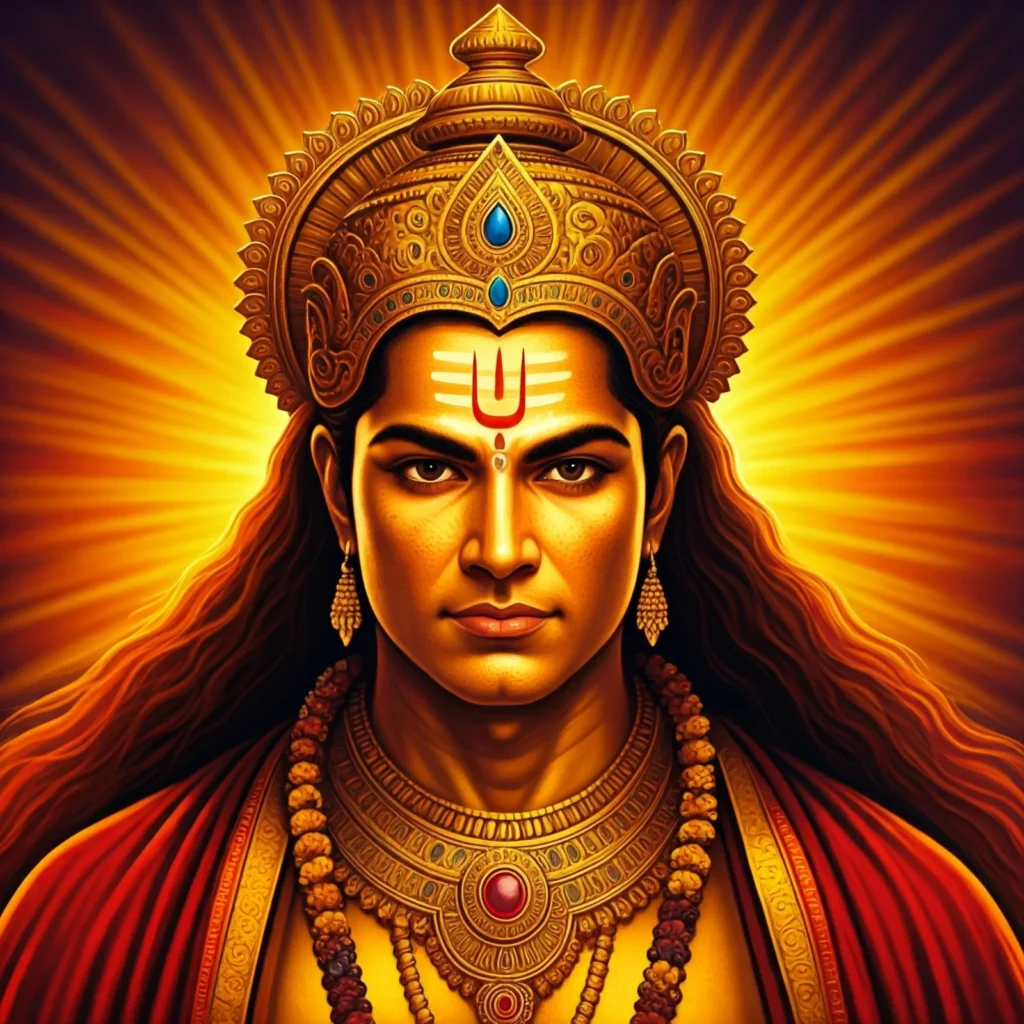
Surya or Ravi is the Sun God and is the chief of the nine planets. He is the son of Rishi Kashyap and Aditi, the mother of the devas. He is one of the most important deities in the Hindu pantheon.
Worship and other acts performed on Sunday promote the qualities of leadership, strength, health, and authority.
- The colour associated with this day is orange and gold, much like the colour of the Sun itself.
- The ill placement of this deity in the birth-chart of a person can cause headaches, chronic stress, fever, and heart problems.
Chandra
Day of the Week: Monday or Somvaar
Western Equivalent: Moon
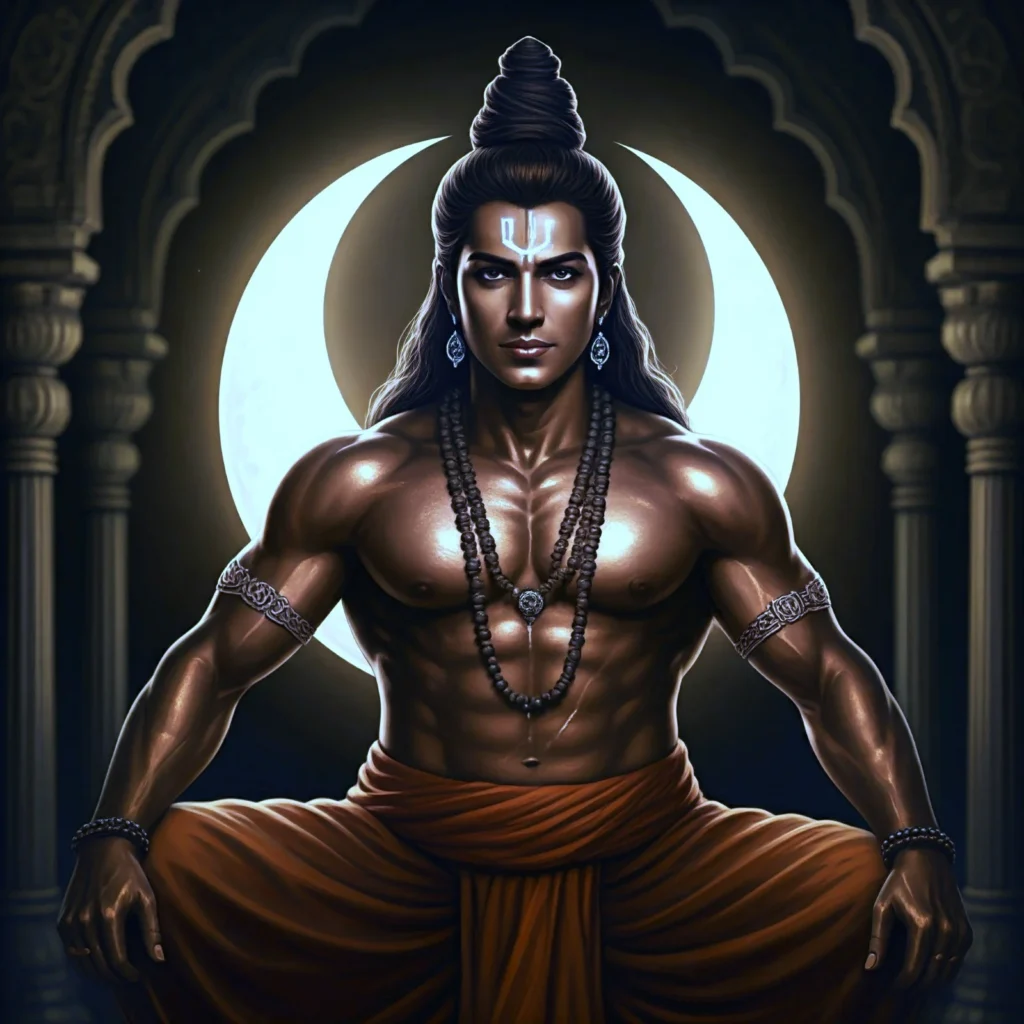
Chandra or Som is the Moon. He is the son of Rishi Atri and Mata Anusuya. His twenty-seven wives are the daughters of Daksh Prajapati, representing the constellations or Nakshatras in the sky.
Worship and other acts performed on Monday promote calmness, purity, and femininity.
- The colour associated with this day is white.
- The ill placement of this deity in the birth-chart of a person can cause abdominal problems, respiratory conditions, and urinary tract infections.
Mangal
Day of the Week: Tuesday or Mangalvaar
Western Equivalent: Mars
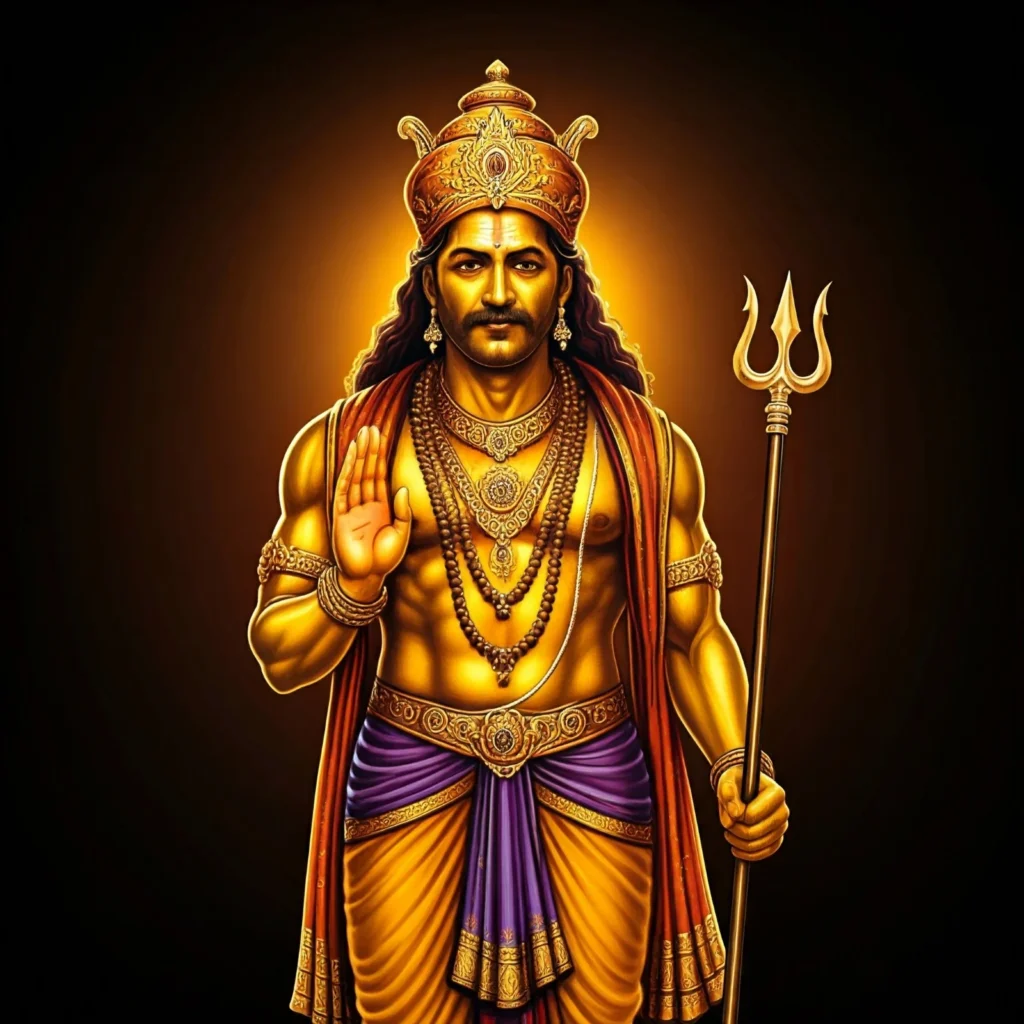
Lohita or Bhuma is Mangal. He is the powerful general of the nine planets and has four arms. According to Shaivism, he was born out of the sweat drops of Lord Shiva falling on the Earth. According to Vaishnavism, he was born out of the union between Lord Vishnu in his Varaha avatar and Bhudevi.
Worship and other acts performed on Tuesday promote courage, bravery, and dominance in difficult situations.
- The colour associated with this day is red.
- The ill placement of this deity in the birth-chart of a person can cause physical injuries, brain disorders, blood clotting, and genital problems in females.
Budha
Day of the Week: Wednesday or Budhvaar
Western Equivalent: Mercury
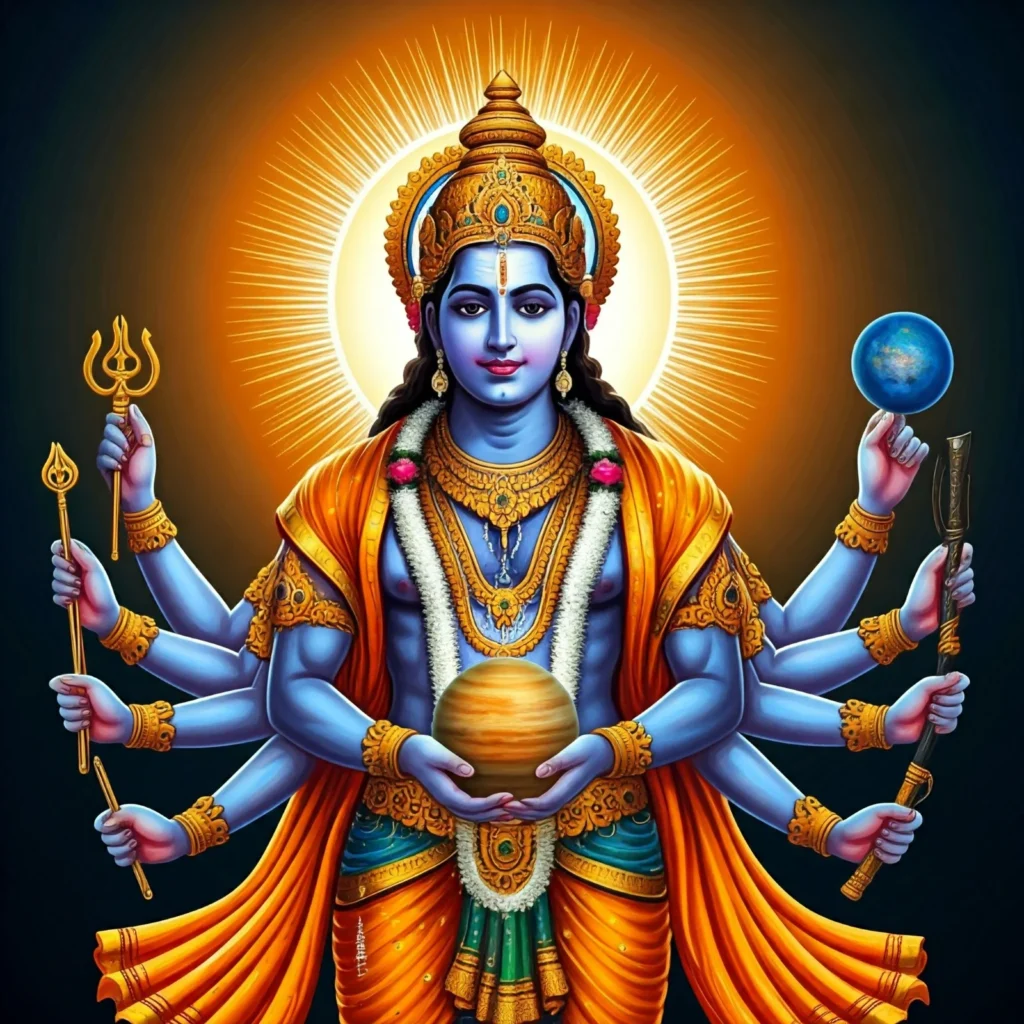
Also known as Somaya or Rohinaya, Budha is the son of Lord Chandra and Tara, the wife of Brihaspati. Worship and other acts performed on this day promote excellence in mathematics, communication, poetry, and research.
Worship and other acts performed on Wednesday promote courage, bravery, and dominance in difficult situations.
- The colour associated with this day is green.
- The ill placement of this deity in the birth-chart of a person can cause paralysis, brain fever, and breathing problems.
Brihaspati
Day of the Week: Thursday or Guruvaar
Western Equivalent: Jupiter
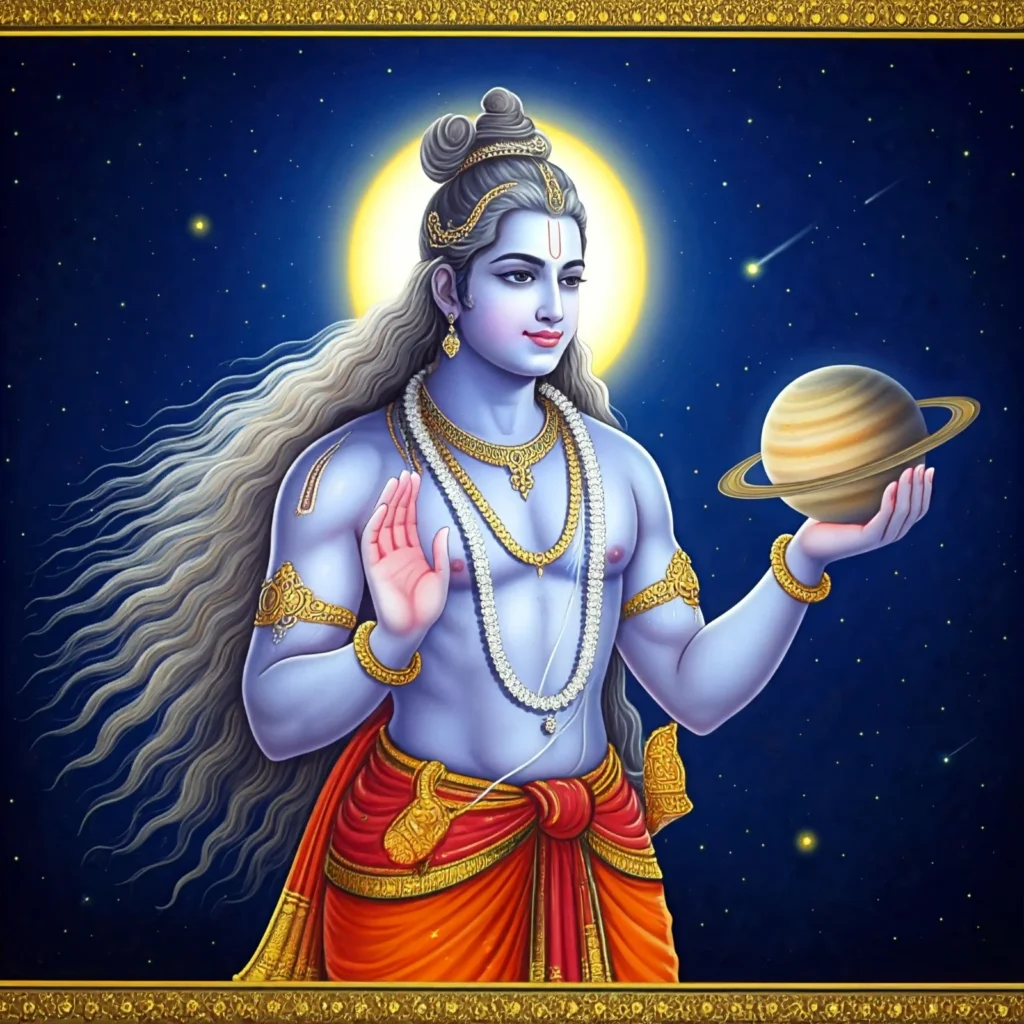
Brihaspati is the Guru of the gods and goddesses. He is associated with the element of fire. He is a wise deity that guides the gods and goddesses.
Worship and other acts performed on Thursday promote spirituality, physical health, and good fortune.
- The colour associated with this day is yellow.
- The ill placement of this deity in the birth-chart of a person can cause cancer, gout, and liver disorders.
Shukra
Day of the Week: Friday or Shukravaar
Western Equivalent: Venus
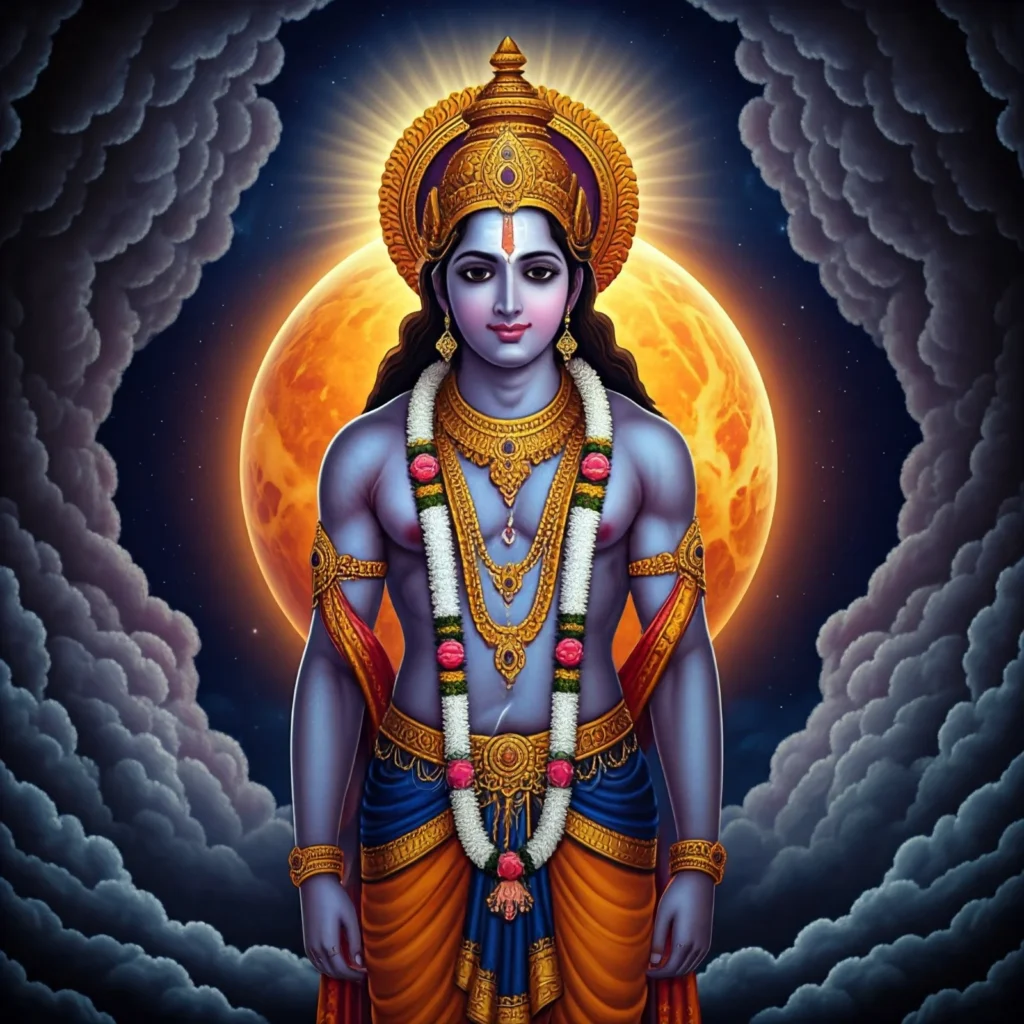
Shukra is Shukracharya, the Guru of the Asuras or demons. He has authored Shukraniti and has guided asuras through warfare many times.
Worship and other acts performed on Friday promote wealth and prosperity.
- The colour associated with this day is pink.
- The ill placement of this deity in the birth-chart of a person can cause cancer, gout, and liver disorders.
Shani
Day of the Week: Saturday or Shanivaar
Western Equivalent: Saturn
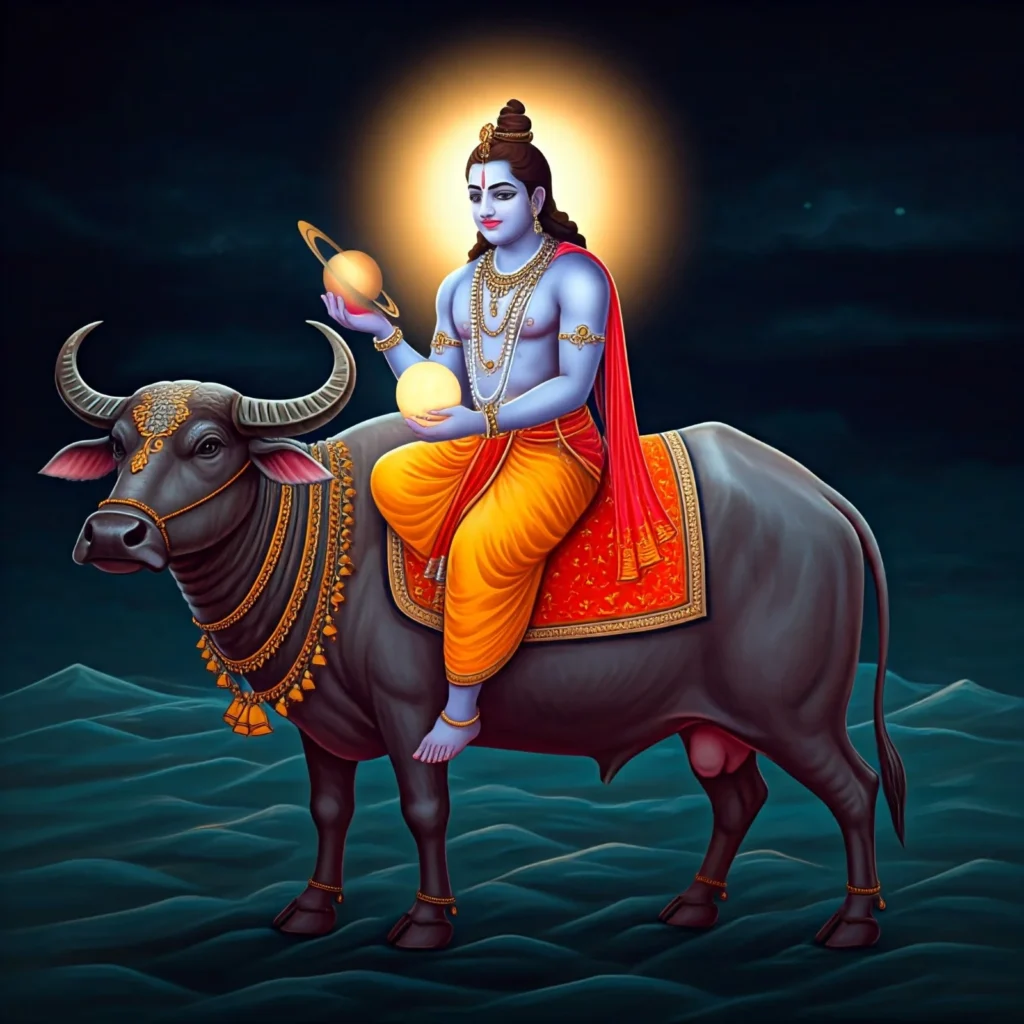
According to the Puranas, Shani is the elder brother of Yama, the god of death. The presence of Shani in a brith-chart brings misfortune, poverty, old age, and illness. This deity is one of the most feared and misunderstood ones in Hinduism. He is not evil but rather teaches important lessons through experiences.
Worship and other acts performed on Saturday deflect prevent bad events. It promotes wisdom born out of experience, discipline, and humility.
- The colour associated with this day is black.
- The ill placement of this deity in the birth-chart of a person can cause problems of skin, hair, knees, bones, etc.
Rahu
Western Equivalent: Ascending node of the moon

Rahu is not a planet. It describes the moon as it is in the rising phase of its orbit. The Puranas speak of a demon named Svarbhanu. Lord Vishnu’s Mohini avatar kills him as he drank the nectar meant for the gods by deceit. Lord Vishnu permanently separated his head from his body, and they called his head Rahu.
- The colour associated with this day is black.
- The ill placement of this deity in the birth-chart of a person can cause depression, mental illnesses, and infections.
Ketu
Western Equivalent: Descending node of the moon
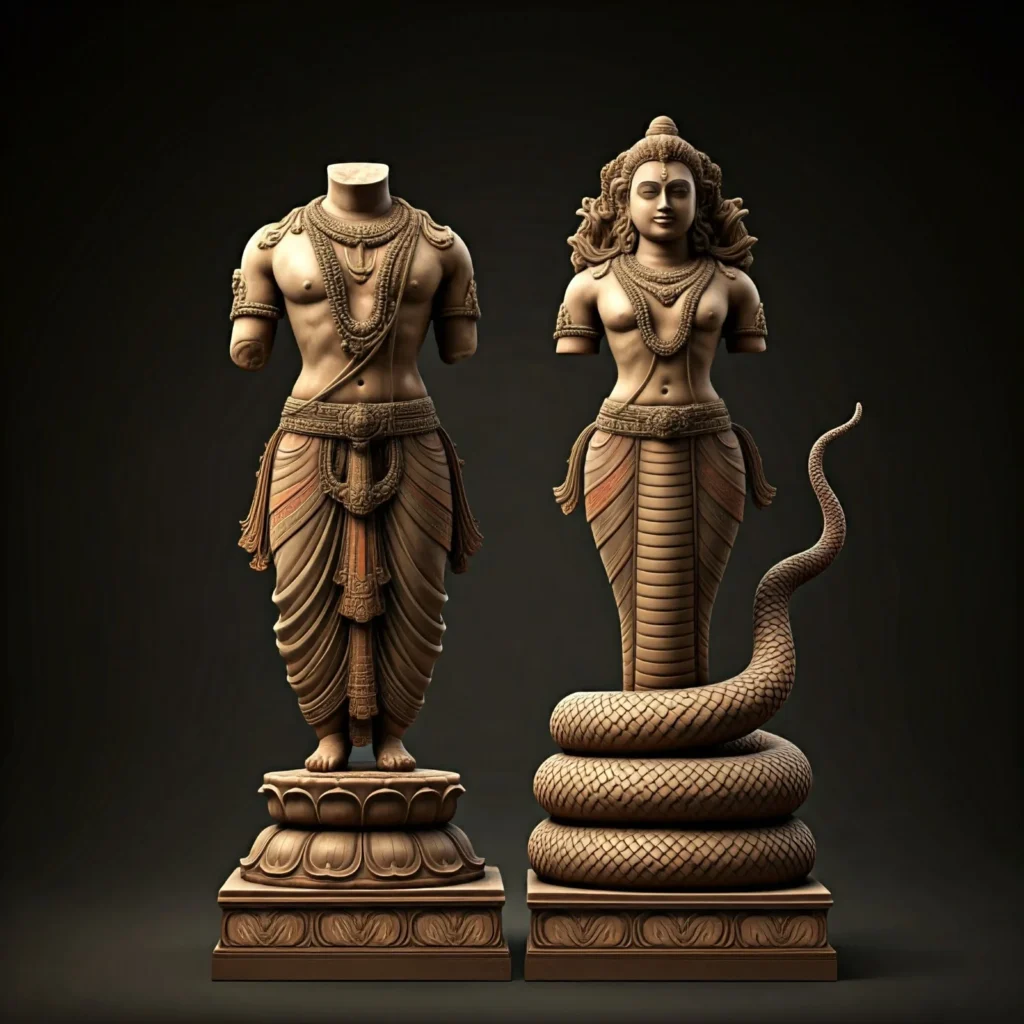
Just like Rahu, Ketu is not a planet. It is the name of the moon in the descending phase of its orbit around the Earth. Ketu is Svarbhanu’s body. It remains forever separated from his head according to the Puranas.
- The colour associated with this day is red.
- Self-esteem issues and difficulty concentrating are believed to be caused by the ill placement of this deity in a person’s birth-chart.
The Navgrahas play a significant role in the ancient Hindu science of architecture called Vastu Shashtra.
A person can get maximum benefit from the Earth’s magnetic and gravitational forces by constructing things according to Vastu Shastra, the ancient Indian science. This science was easier for the common man to understand, as it was linked with gods and goddesses. Vastu Shashtra mainly includes architecture and civil engineering related to the construction of homes, temples, and idols of gods and goddesses.
Nine Gods and Their Directions
Well-designed houses provide good health, wealth, intelligence, peace, and happiness. Ignoring the rules of Vastu Shastra will result in sorrow, domestic problems and disputes, and ill repute in society.
The Navagraha devata oversee their respective positions in a Vaastu chart. People place them in the temple according to this order:
| Planet/Graha | Direction Facing |
| Surya | East (and placed in the centre) |
| Chandra | South-east |
| Mangal | South |
| Budha | North-east |
| Brihaspati | North |
| Shukra | East |
| Shani | West |
| Rahu | South-west |
| Ketu | North-west |
Mere construction in ancient scriptures cannot be the sole cause of all unfortunate events in life. There can be many reasons behind the good and bad events in a person’s life. It is only to maximize the lessons learned from the science of Navagrahas developed by learned rishis of ancient India.
More Stories by Ananya
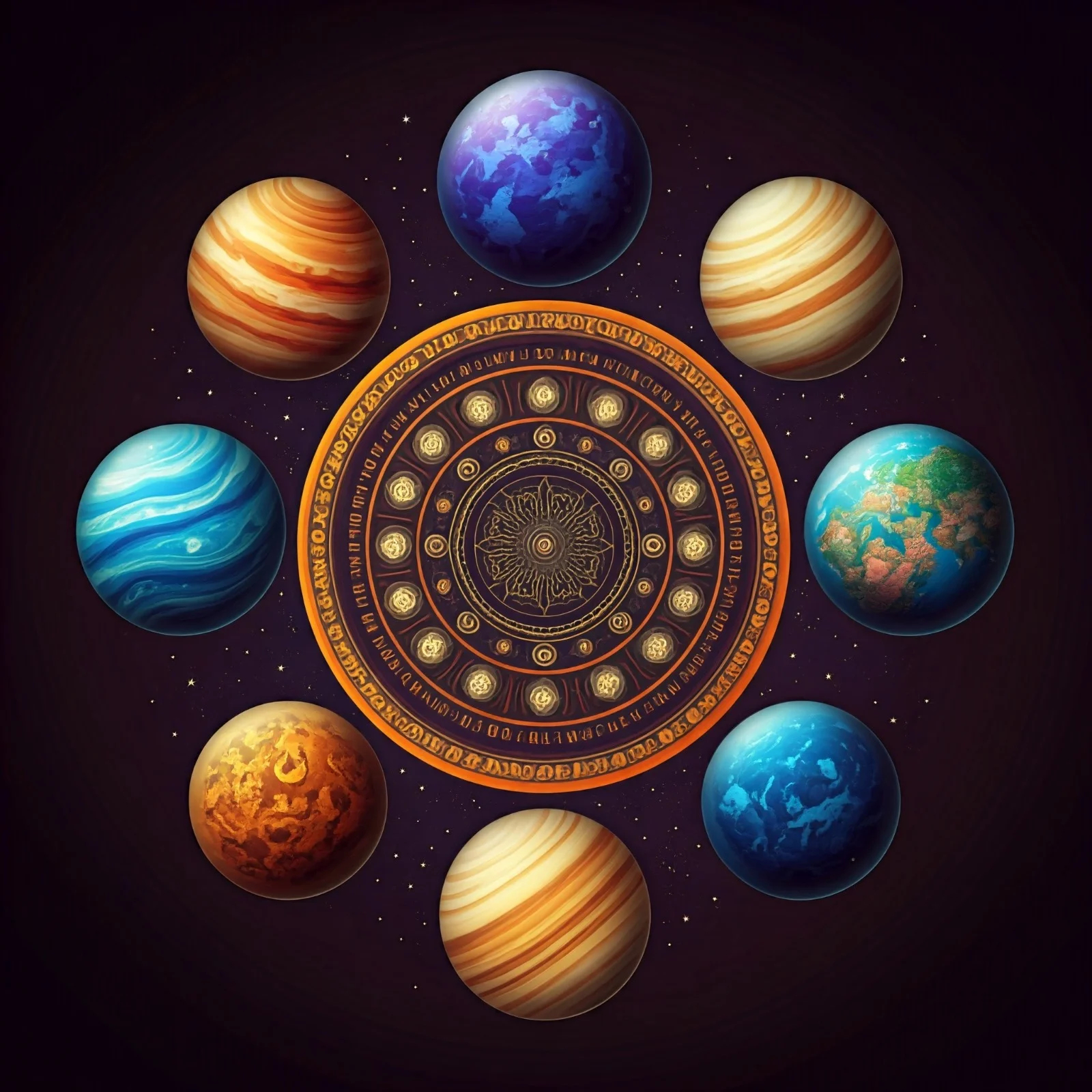
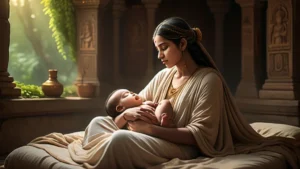
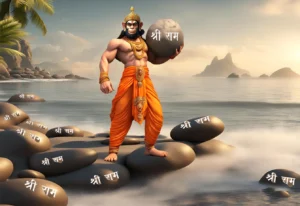
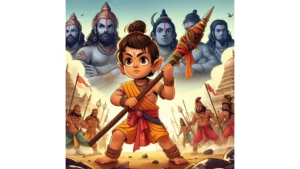
Beautifully written. Very Knowledgeable content, Glad to know there are still people enthusiastic to know more about our roots and culture.